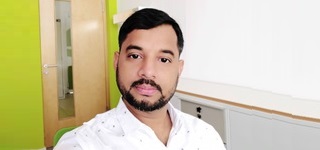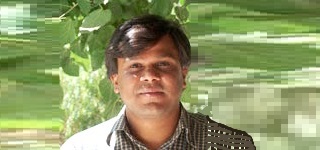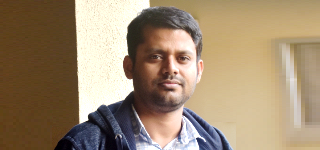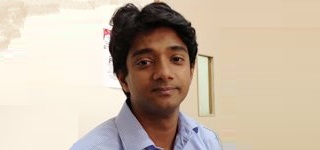Computational Materials Scieince from first principles and model Hamiltonian
- magnetism, catalysis, transport, topological protection of states in the lightest lowdimensional systems - graphene, hexgonal boron nitride, germanene , etc. and their hybrids
- methods and applications for inexpensive computation and analysis of ground and excited states
INTRODUCTION:
With the aim of proposing new materials and methodologies towards solving some of the contemporary problems faced by humanity, such as, securing clean green energy resources and environment, our group focuses on computationally understanding electronic, optical and magnetic properties, and their interplay in primarily low-dimensional systems from first principles as well as model Hamiltonian. We compute and analyse electronic structure of the ground and excited states in layered structures made of the lightest of the elements known to self-assemble into extended structures in normal temperature and preassure, namely, boron, carbon, nitrogen, oxygen and the elements below them in the peridic table, within the frameworks of density functional theory with refinements to include self-energy corrections and correlations through mean-field approximation of Hubbard model.






























